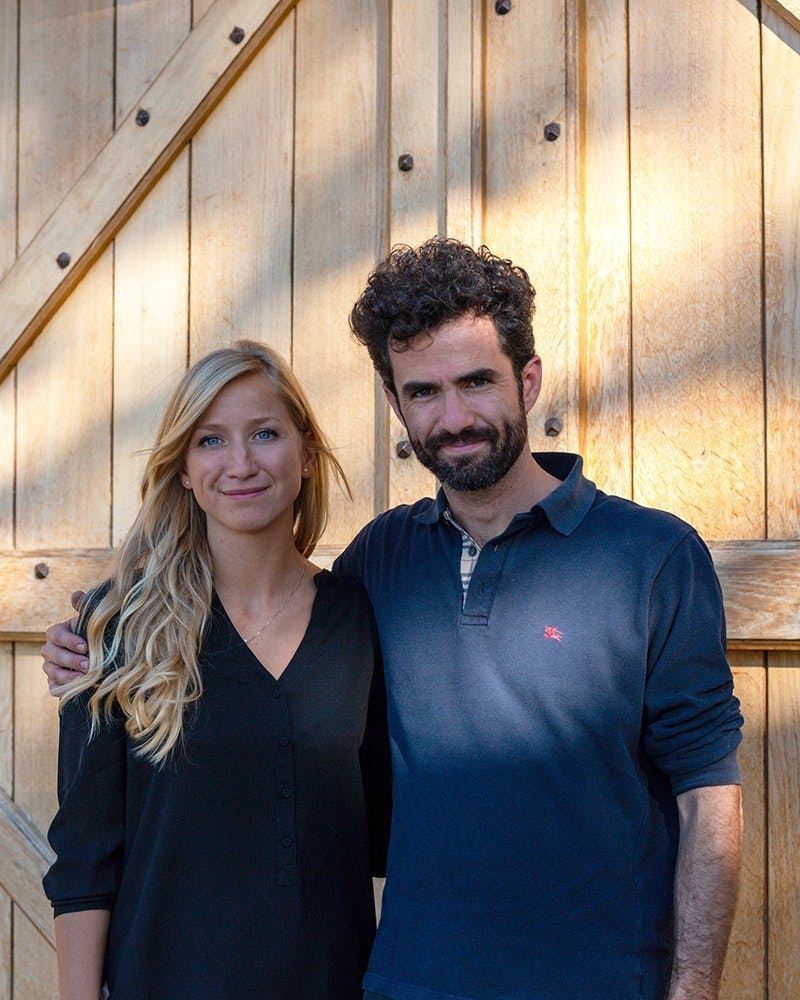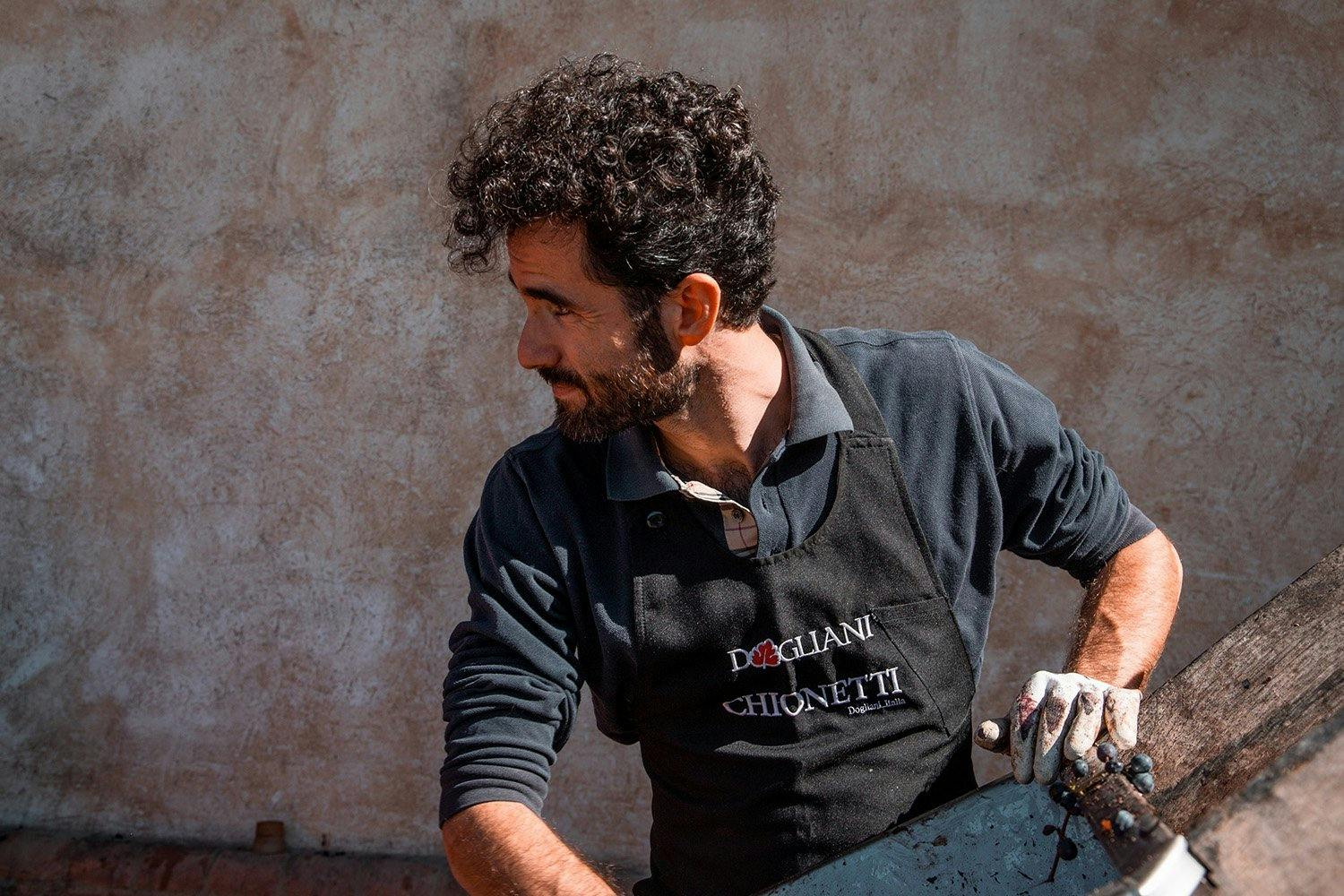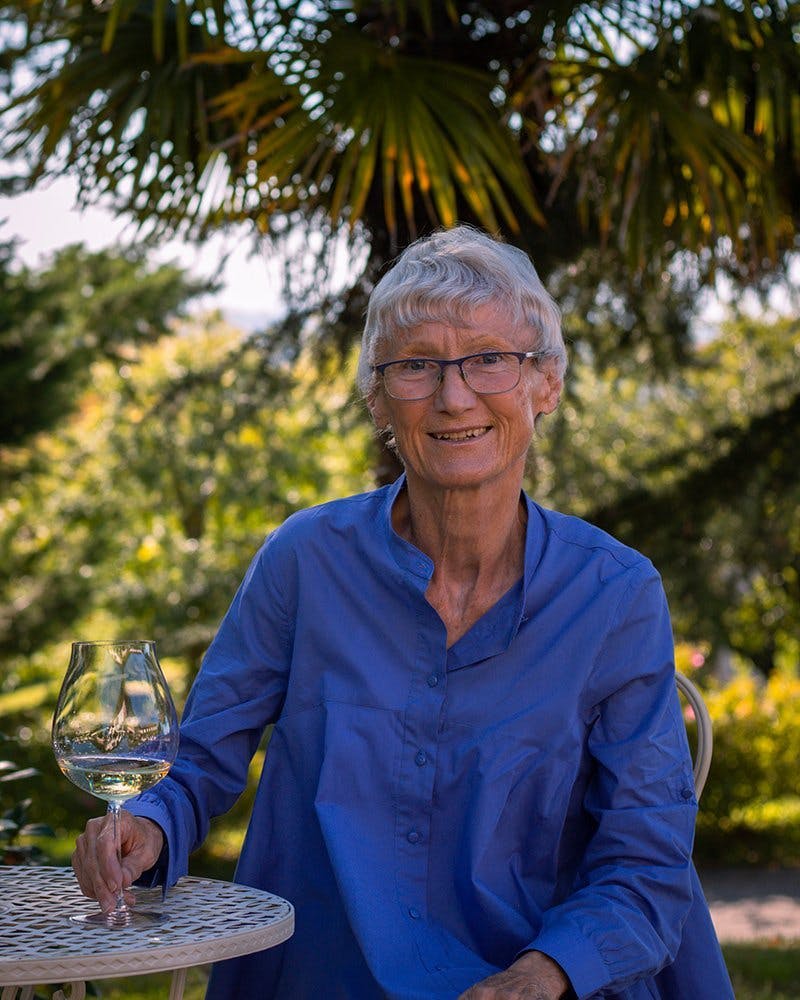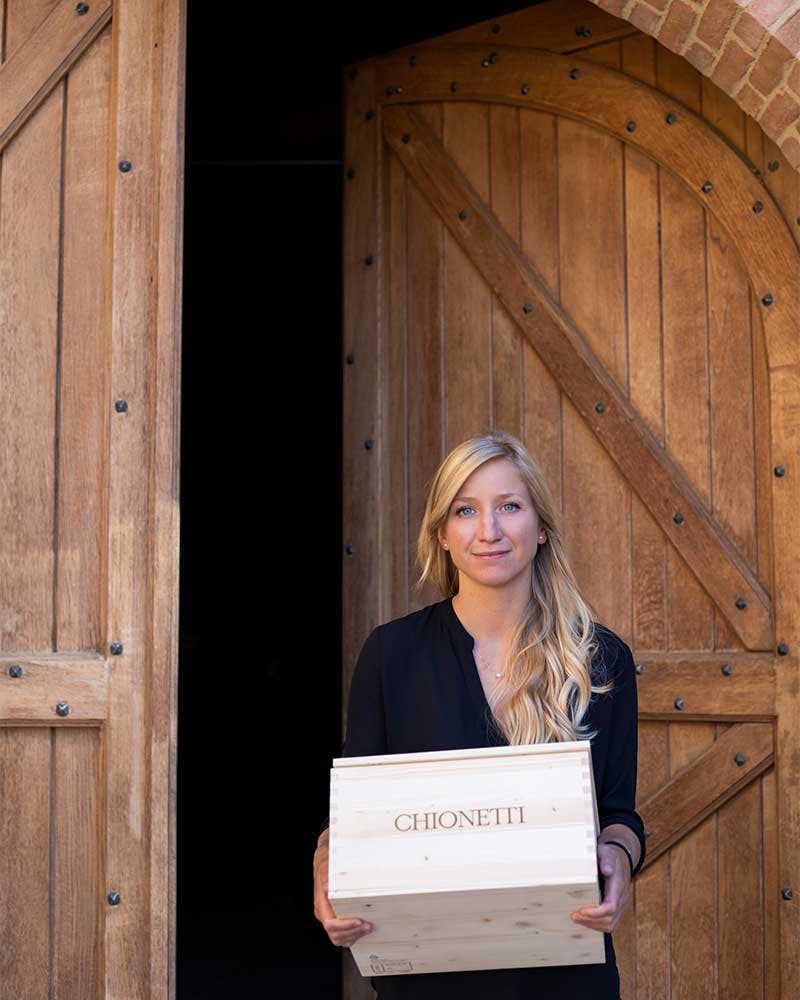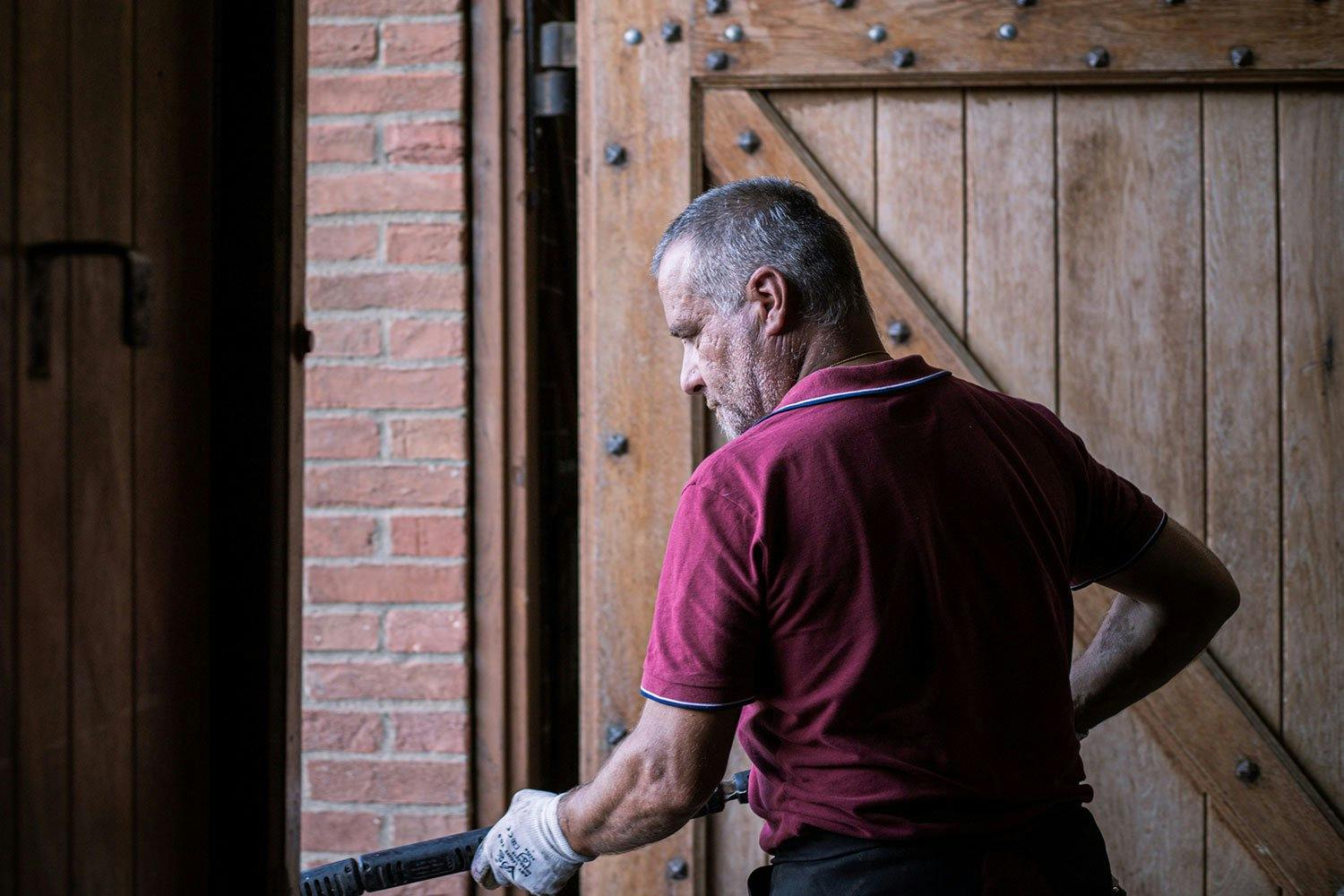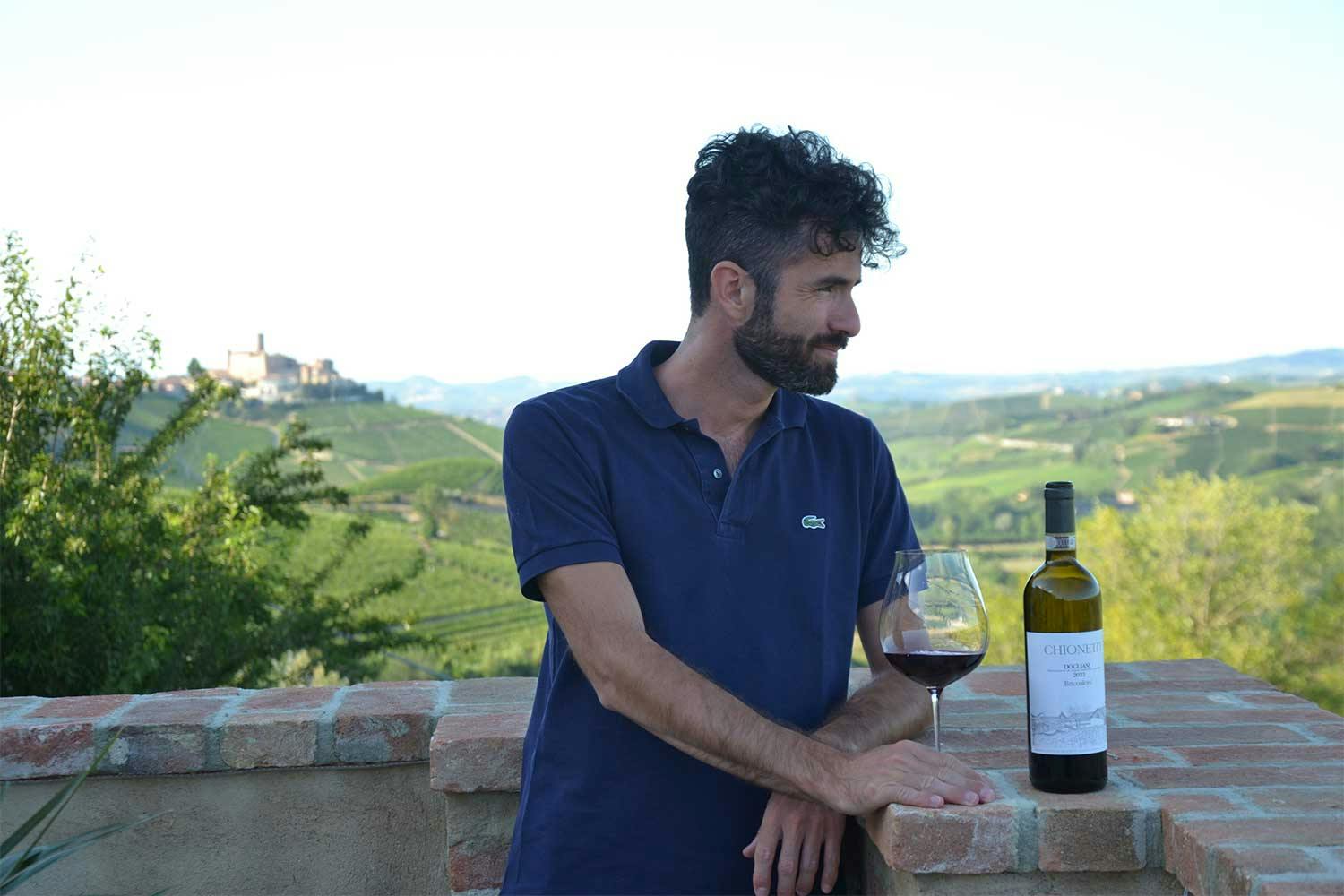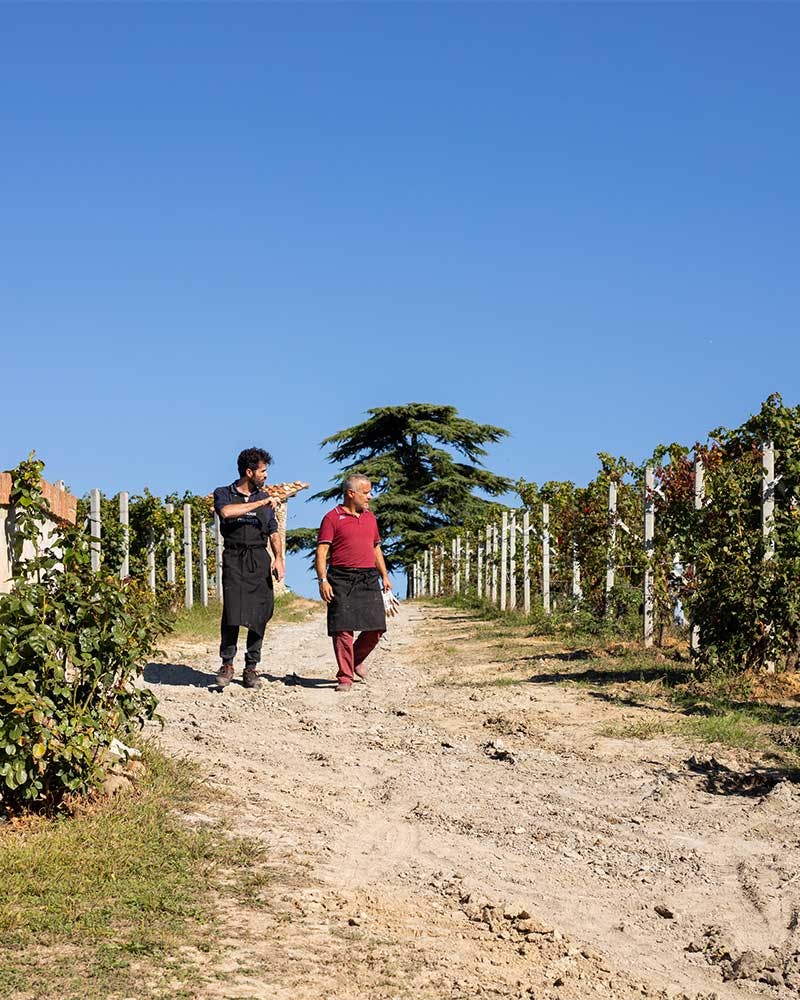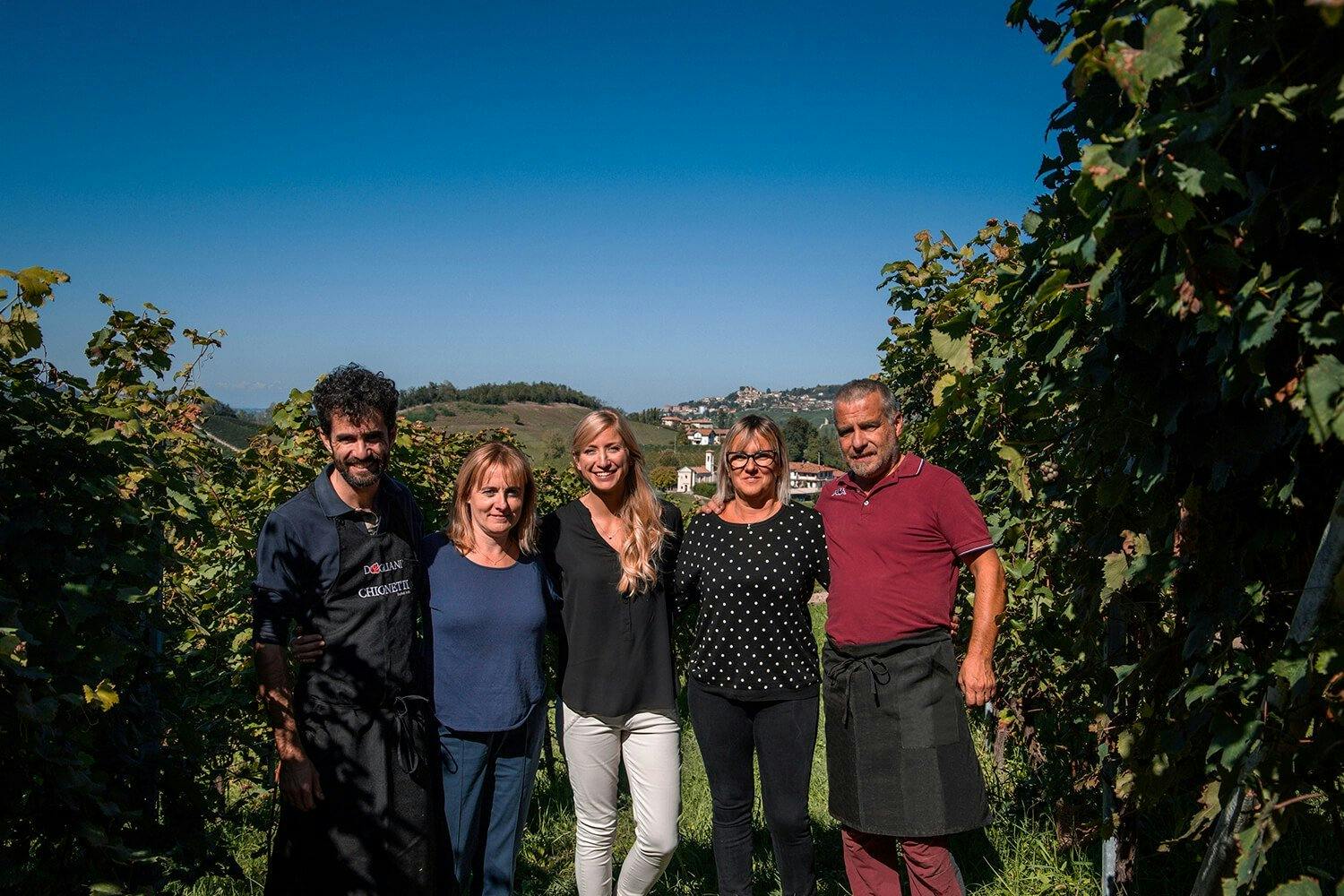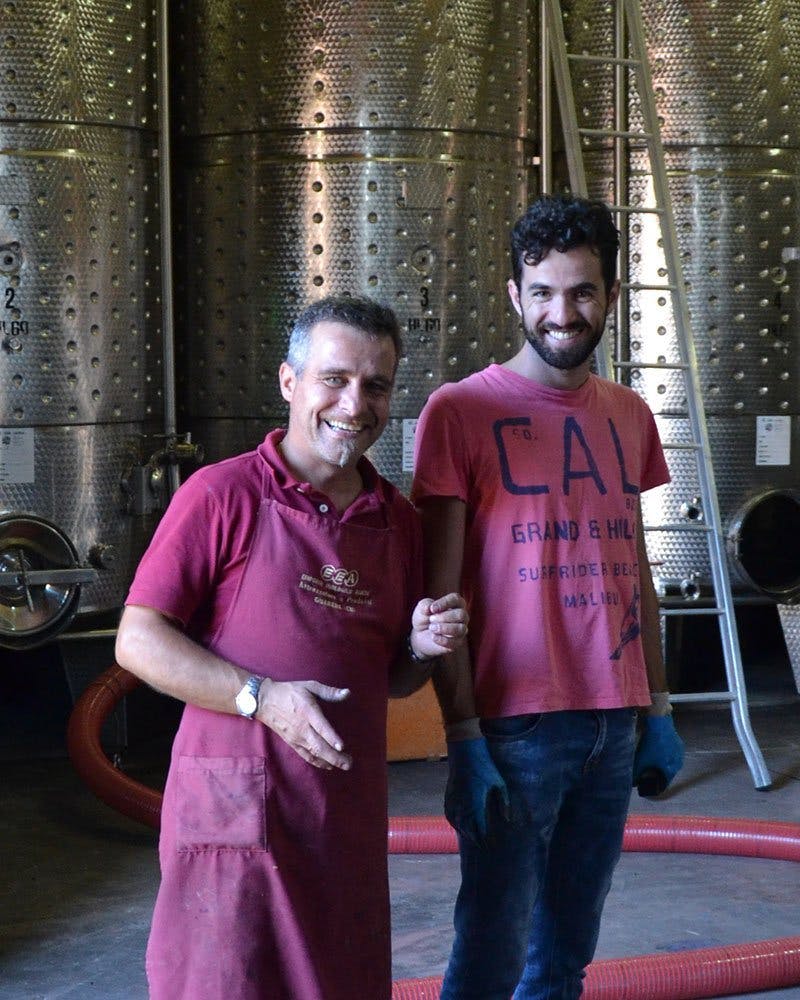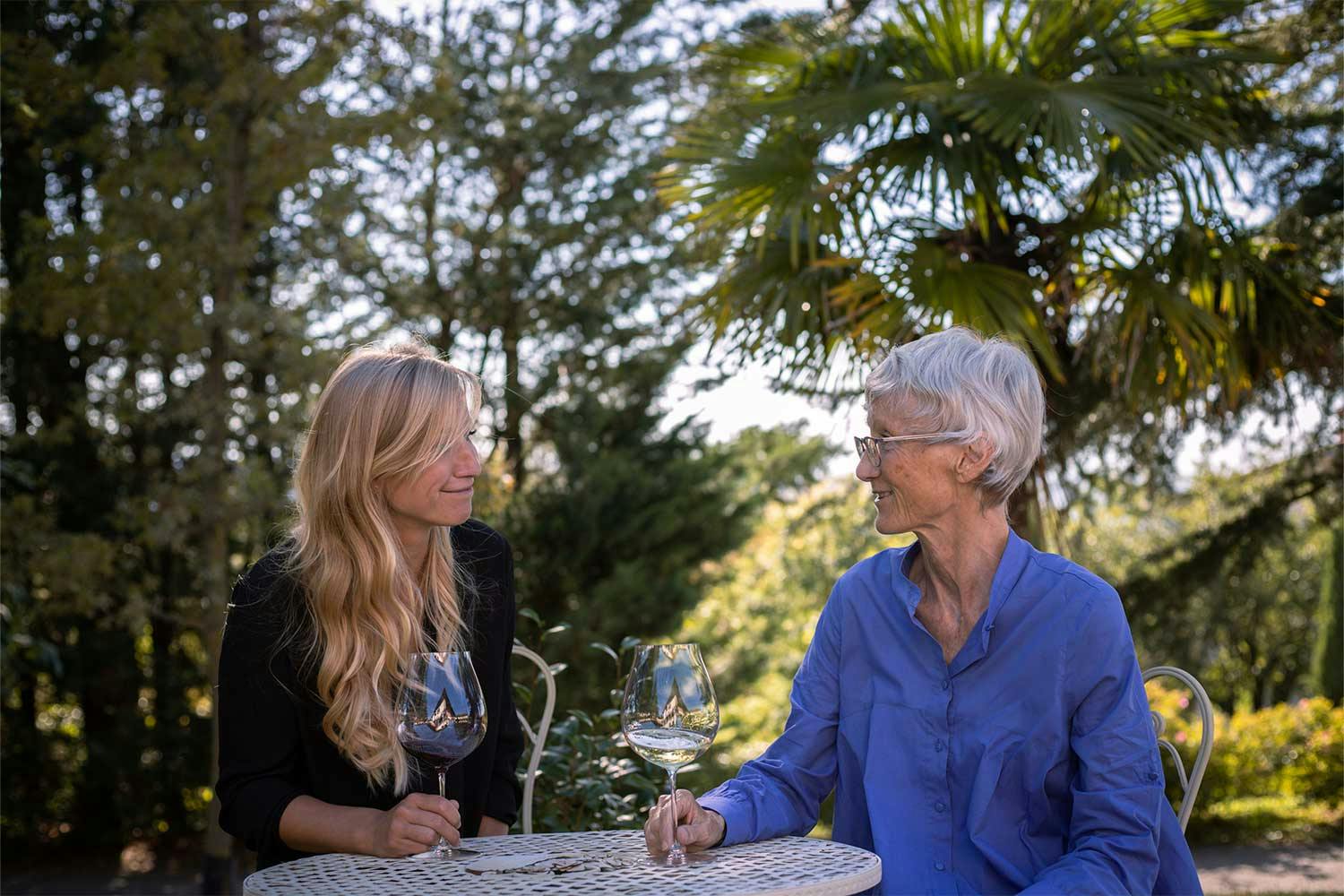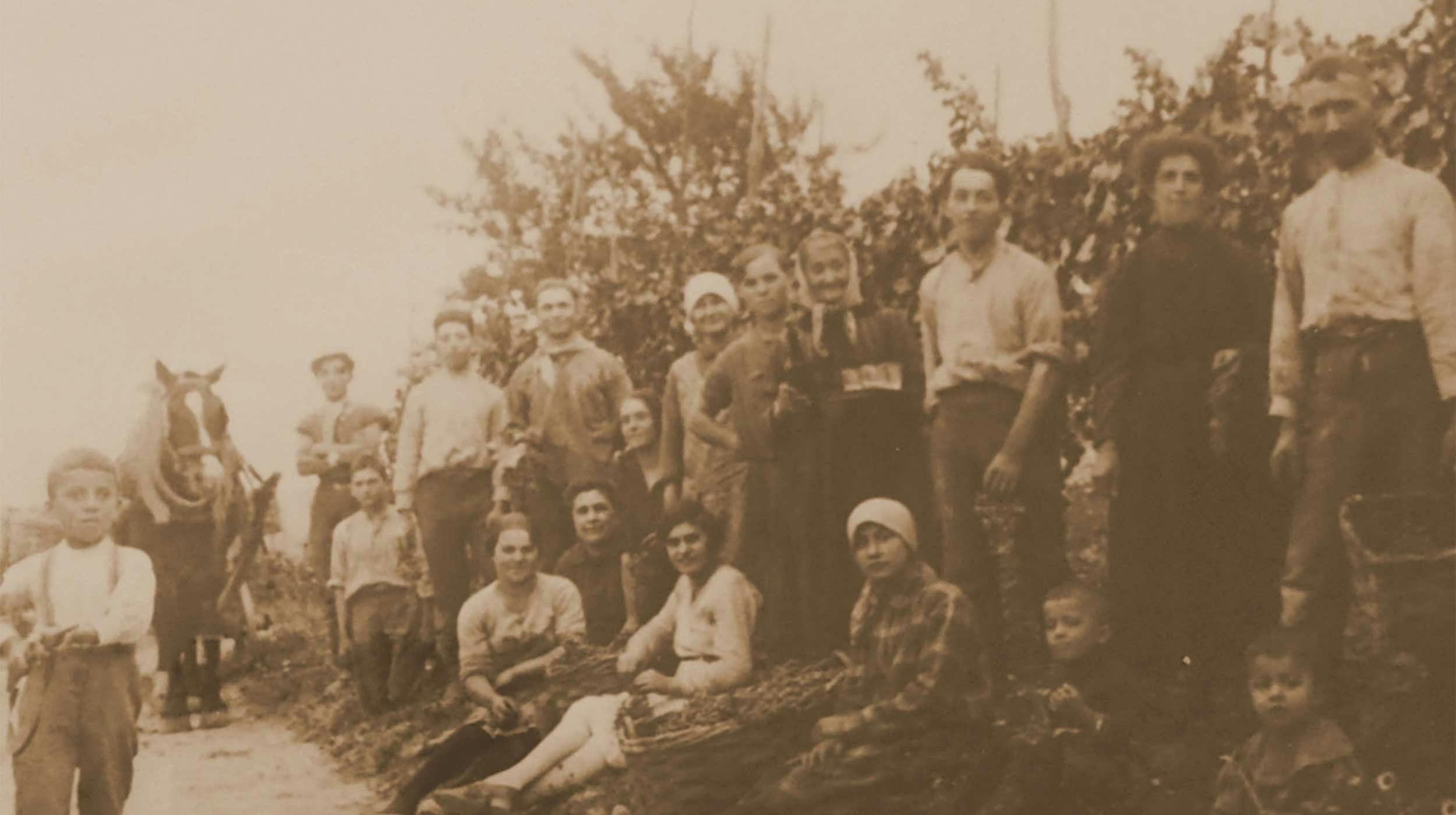
Our Story
Of five Generations
In the name of DoglianiThe Chionetti family's deep-rooted connection to viticulture can be traced back to the Langhe region, with their earliest endeavors centered in Bastia Mondovì, primarily focused on cultivating and selling grapes, particularly Dolcetto. It was in the early 1900s that a segment of the family moved to Dogliani, when Giuseppe completed the purchase of the farmhouse and first vineyards in San Luigi in 1912. Here, Giuseppe and his son Andrea made the pivotal decision to venture into the production and marketing of wine.
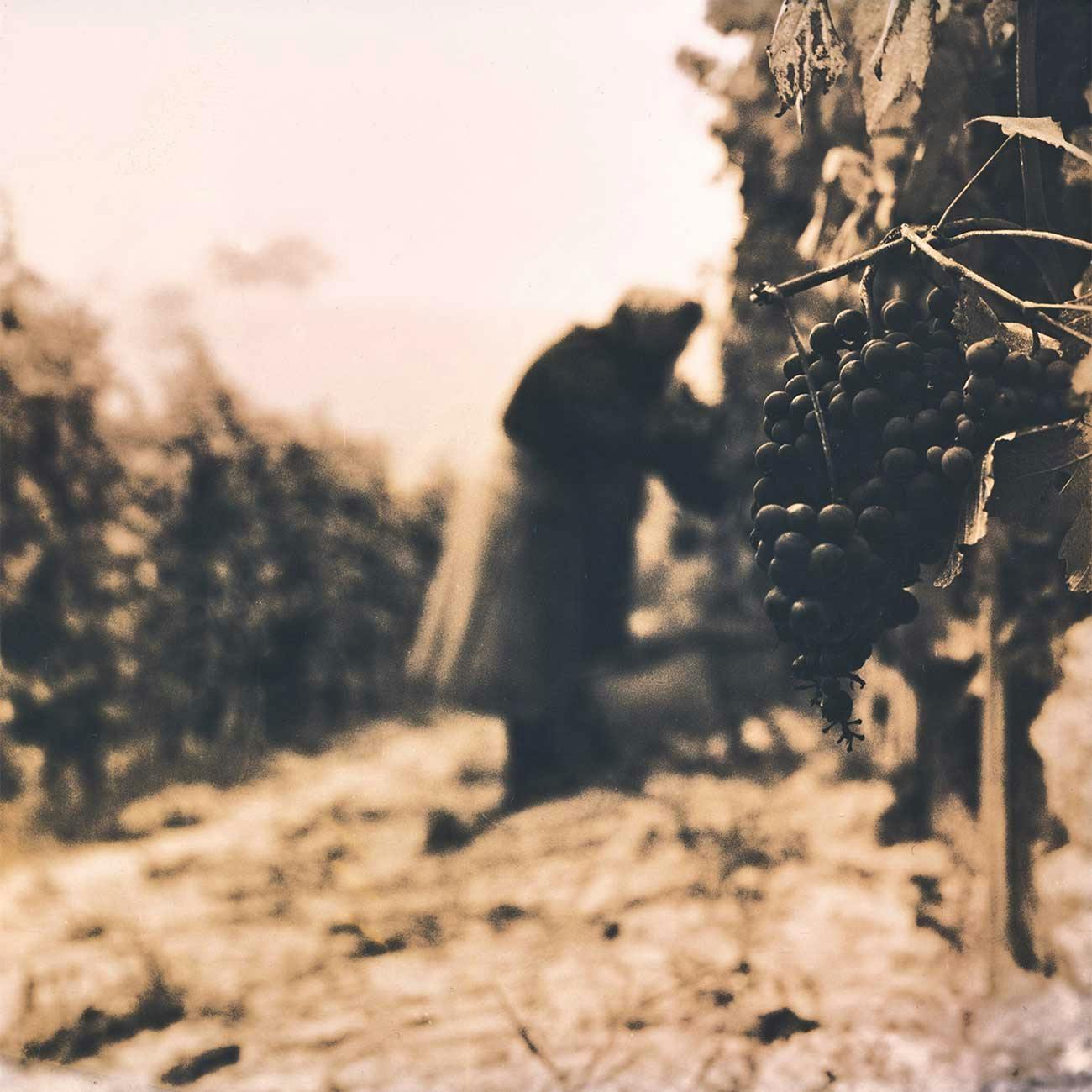
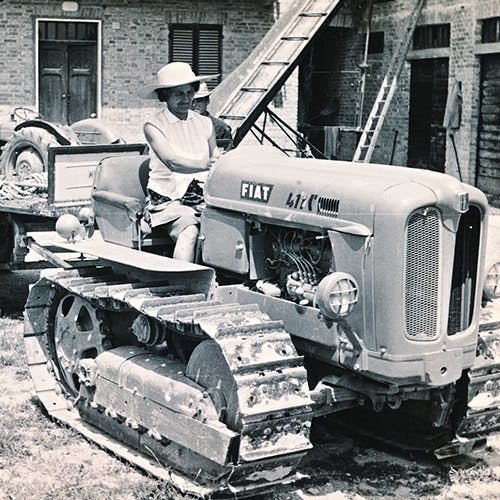
Dogliani is one of the areas with the oldest traditions in grape growing and winemaking, dating back to the influences of the Etruscans and Romans. During the Middle Ages, this activity played a central role in the local economy. A key document from 1593, now preserved in the archives of the Dogliani municipality, known as the ‘ordini per le vindimie’ (rules for the harvest) regulated the harvesting of ‘dozzetti’, which refers to the dolcetto grape, known as the dominant variety.
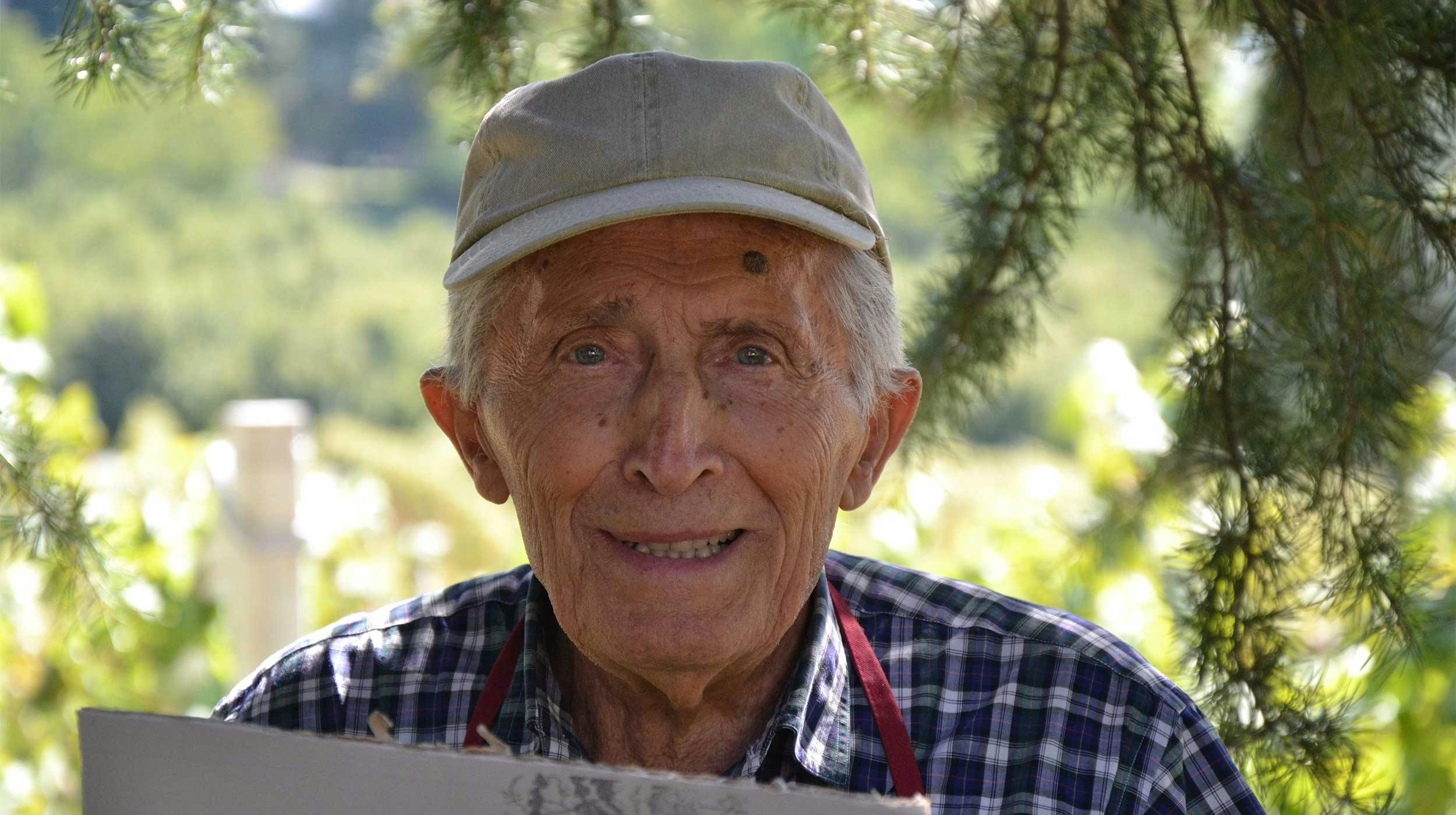
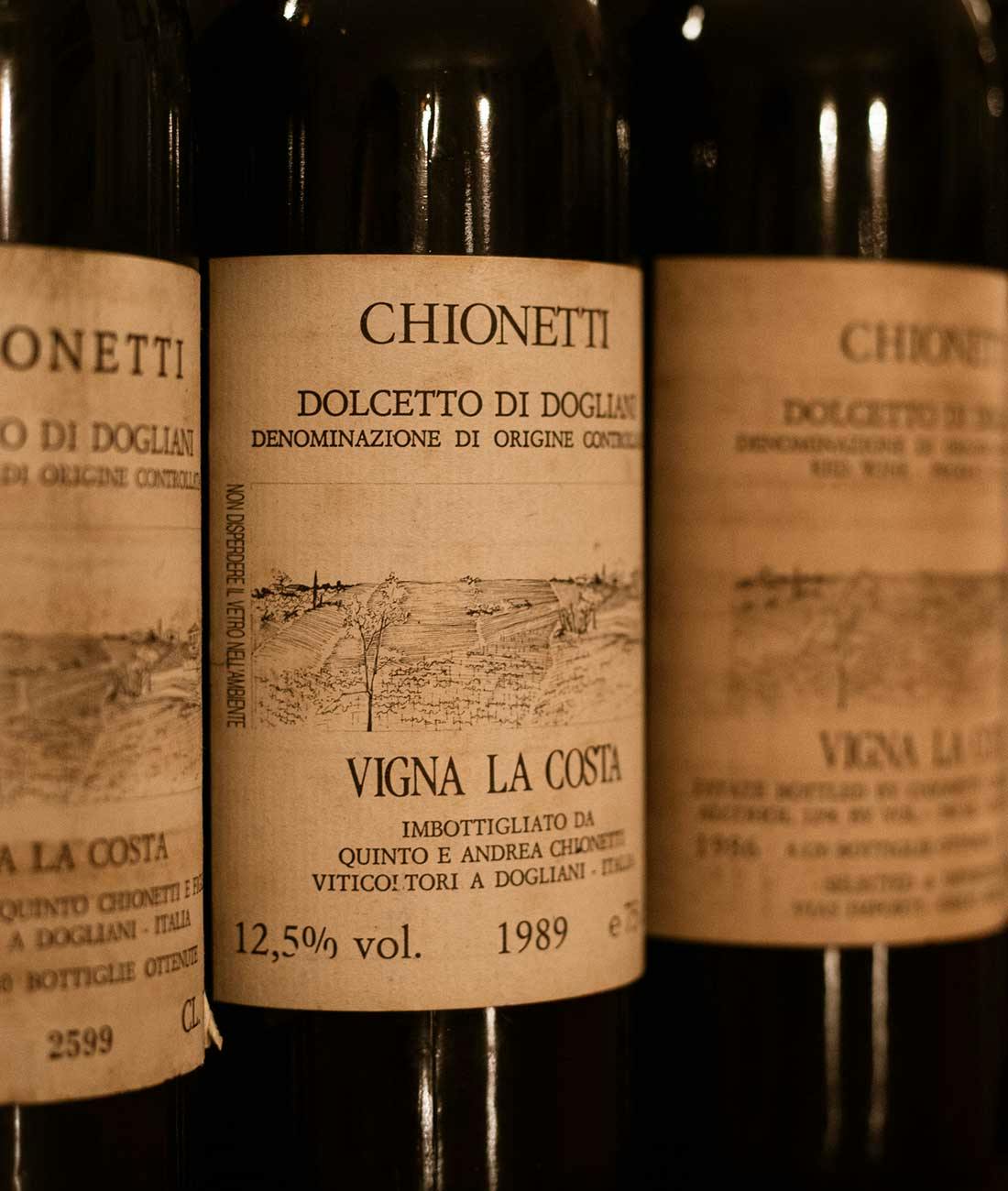
Also in Dogliani, for the first time, the local culture, which had already distinguished the most suitable soils for vines, began to be reflected in the names of the products, giving rise to the first “cru”.
The accident and the rebirth
During that time, Quinto took Marco Devalle under his wing when he was only 16 years old, introducing him to the knowledge of winemaking and vineyard care. Marco has been working at the company ever since.
Shortly after, an enduring collaboration was established with the Piedmontese oenologist Giuseppe Caviola, which continues to this day. In 1999, Quinto was joined by his daughter-in-law, Maria, who made a significant contribution to the winery’s internationalization and modernization. Her efforts subsequently paved the way for investments in Barolo.
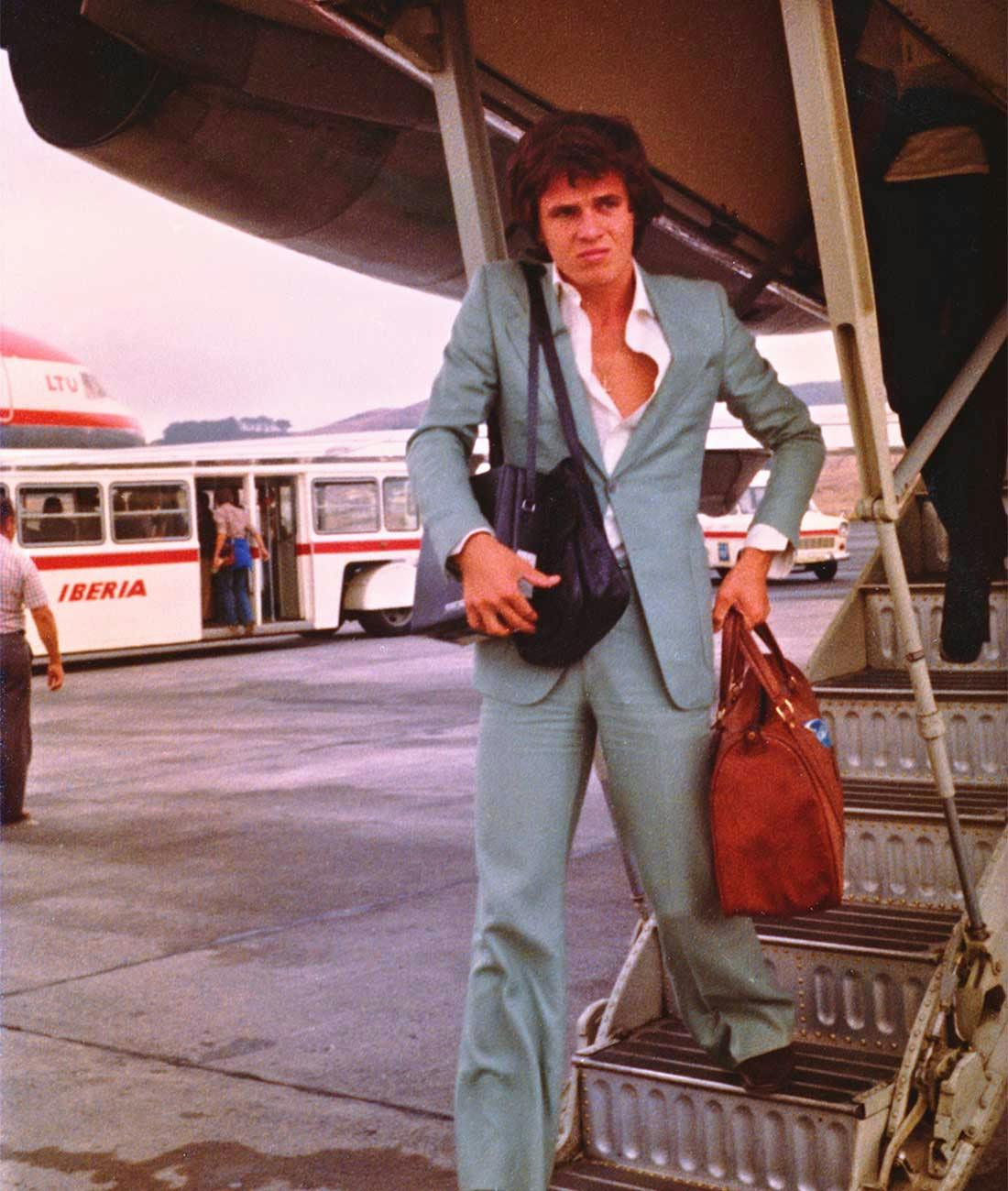
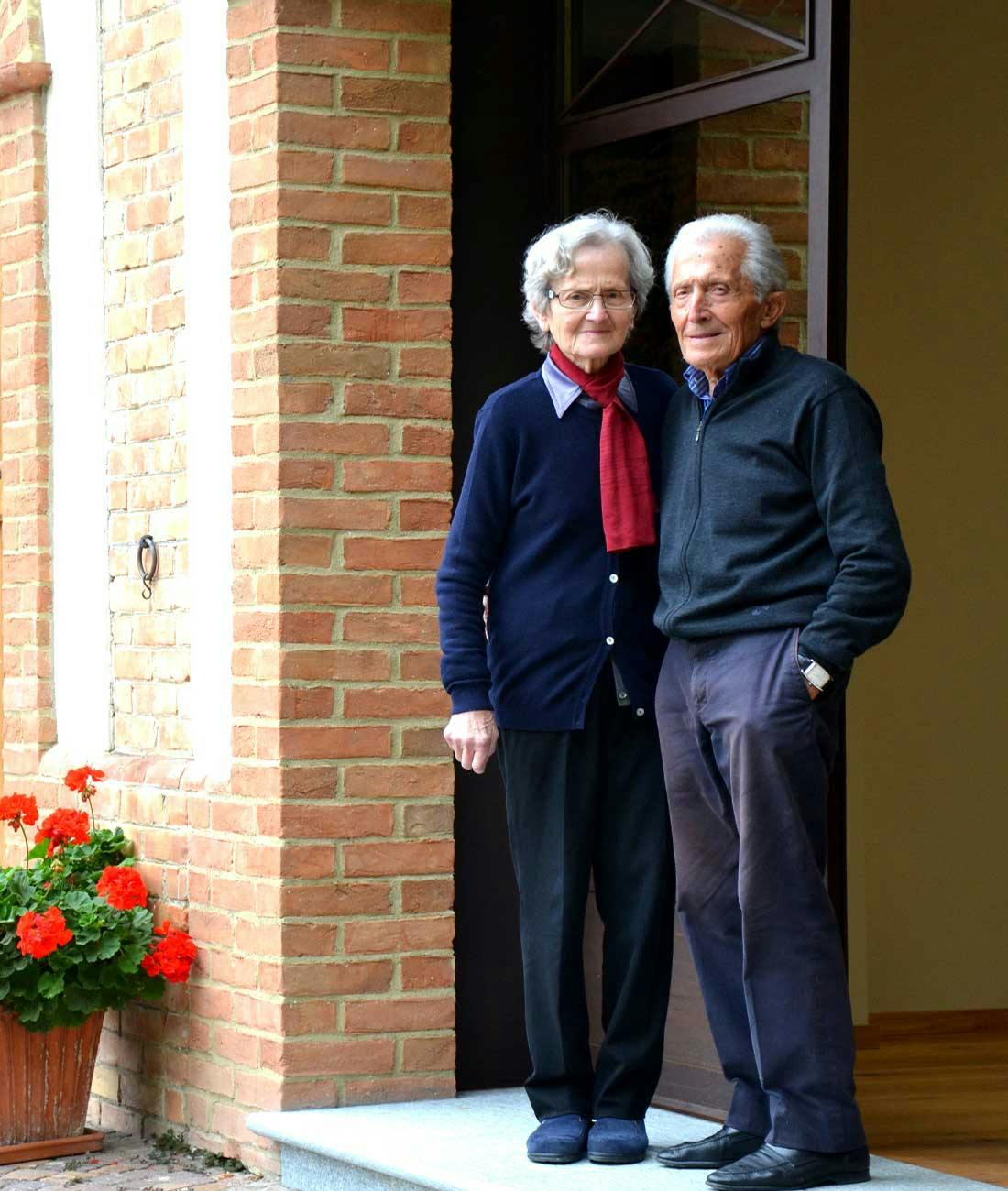
The fifth generation
In 2013, Quinto entrusted the company’s leadership to his grandson, Nicola, who chose to carry on the tradition of Dogliani production. Since 2015, the Chionetti family has acquired three vineyards in the Barolo area and vinified the grapes separately to create three distinct Barolo wines. Thanks to Nicola’s determination and Maria’s efforts, the dream of Andrea, which he unfortunately didn’t live to witness, has now become a reality.
